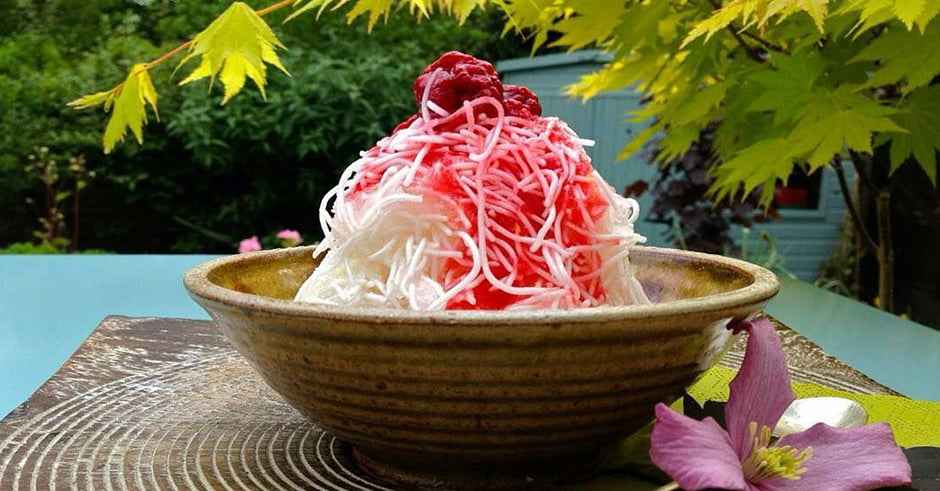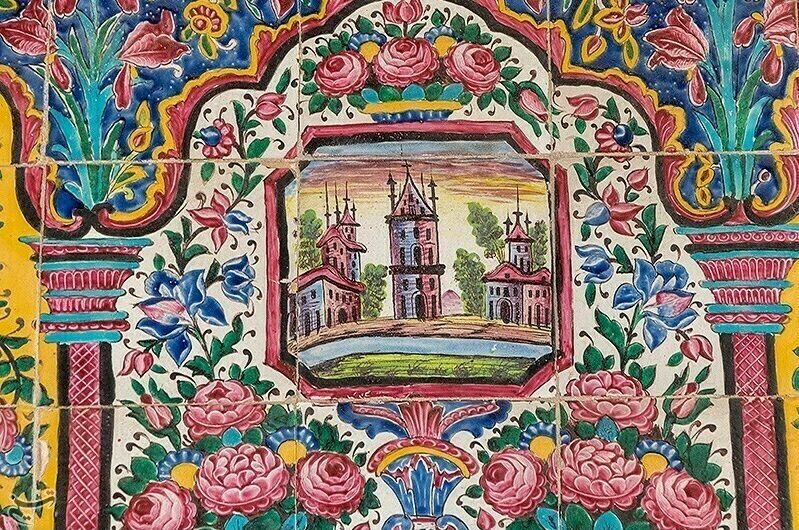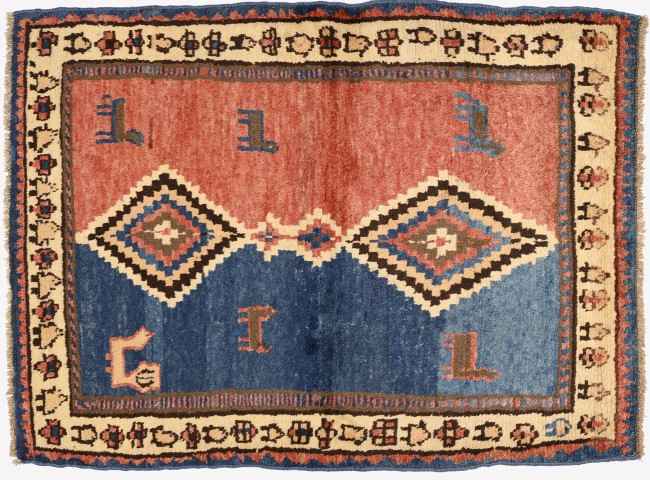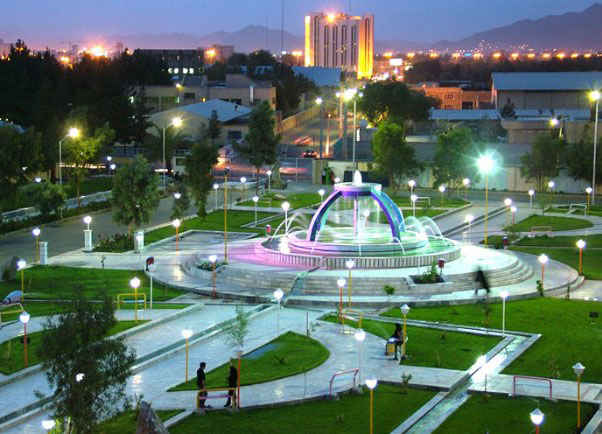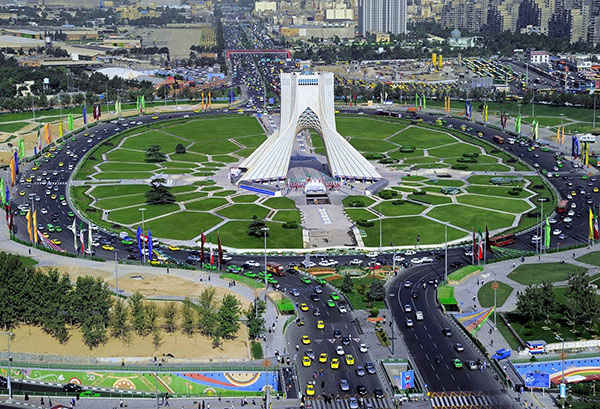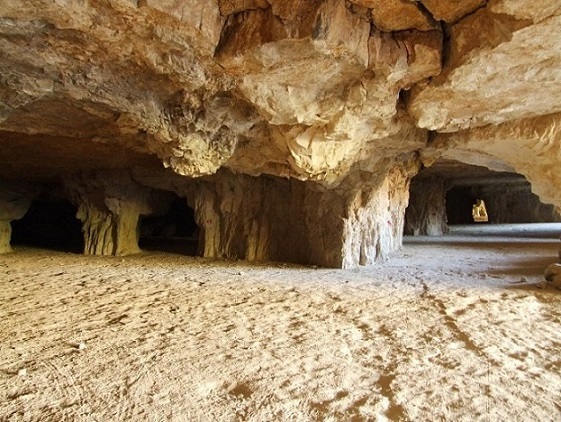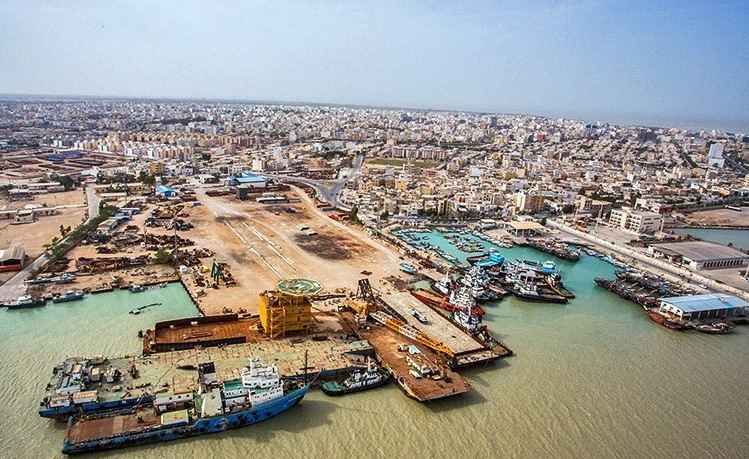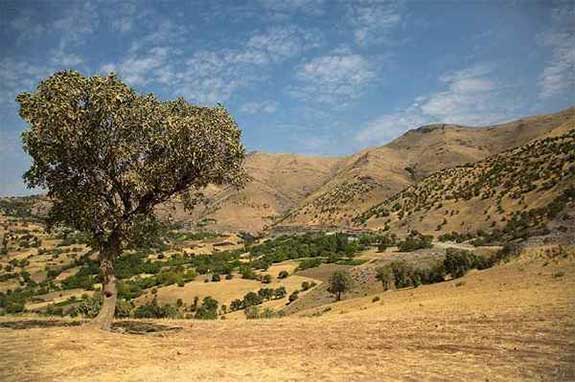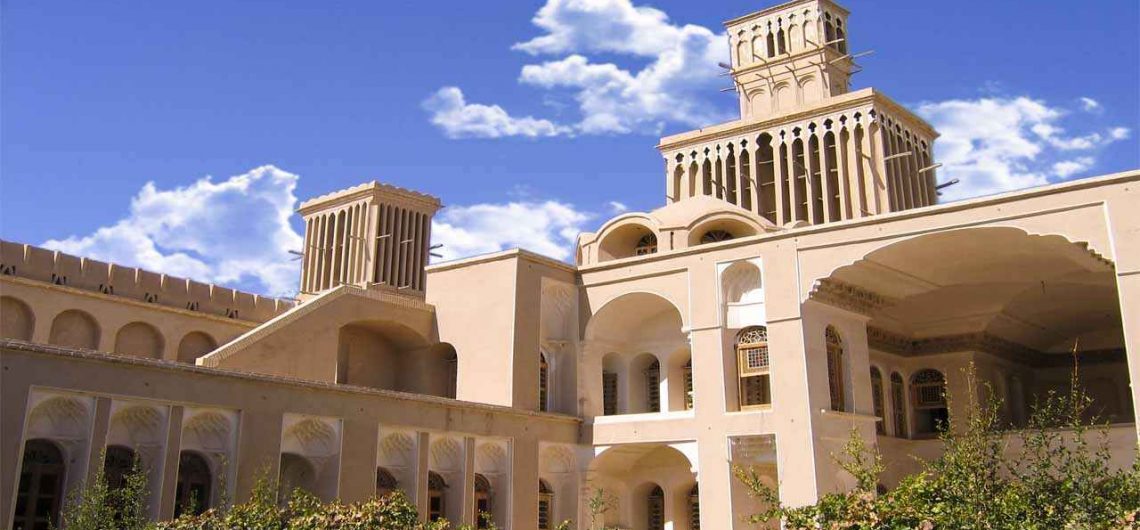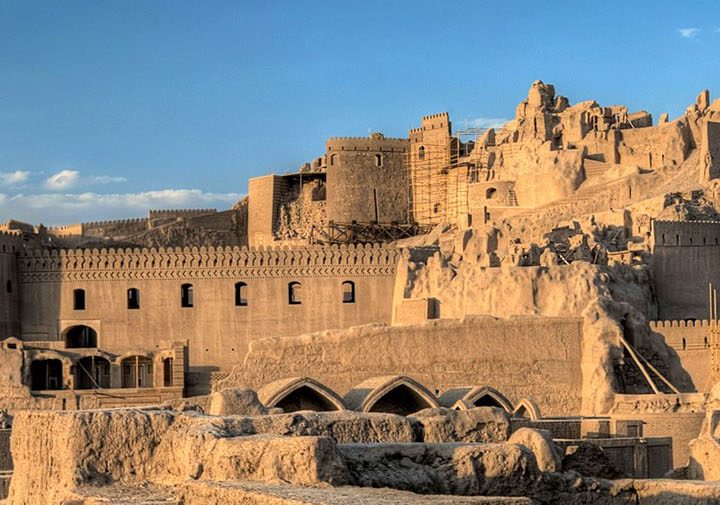Shiraz Kashi Haft Rang (Seven Color Tiles) The tile industry, most used in the ornamentation of many structures and especially in mosques in Iran, has a very ancient history, as does ceramics. According to the objects found, the beginning of the manufacture of tiles dates back to the Achaemenid dynasty, which was common until the 14th century AD. The term "Haft Rang", meaning seven colors, was first used by a royal historian of the Ilkhani dynasty to describe the technique of enamel painting, and continues to be used to this day. The number seven, however, does not refer to the exact number of colors, since in this technique the composition and harmony of the colors are more important. Currently, Haft Rang tiles are manufactured in 15 × 15 cm in seven colors: blue, turquoise, red, yellow, fawn, black and white. This technique prevents the colors from mixing with each other because they are well separated by lines of a special type of ink with oil and magnesium components. Shiraz Haft Rang tiles stand out in terms of quality par excellence. Another notable difference from the Shiraz tiles is the drawing of "Gol o Morq" (flowers and birds). Colors such as light green, pink, yellow, and white are most common in Shiraz, with pink being the most widely used among them. The Nasir ol-Molk Mosque is the exemplary work in use of the seven-color tiles, better known as the Pink Mosque. Other Shiraz landmarks that have benefited from the seven-color tiles include the Vakil Mosque, the Narenjestan Garden, and the Eram Garden.
Shiraz Kashi Haft Rang (Seven Color Tiles)
The tile industry, most used in the ornamentation of many structures and especially in mosques in Iran, has a very ancient history, as does ceramics. According to the objects found, the beginning of the manufacture of tiles dates back to the Achaemenid dynasty, which was common until the 14th century AD.
The term “Haft Rang”, meaning seven colors, was first used by a royal historian of the Ilkhani dynasty to describe the technique of enamel painting, and continues to be used to this day. The number seven, however, does not refer to the exact number of colors, since in this technique the composition and harmony of the colors are more important. Currently, Haft Rang tiles are manufactured in 15 × 15 cm in seven colors: blue, turquoise, red, yellow, fawn, black and white. This technique prevents the colors from mixing with each other because they are well separated by lines of a special type of ink with oil and magnesium components. Shiraz Haft Rang tiles stand out in terms of quality par excellence.
Another notable difference from the Shiraz tiles is the drawing of “Gol o Morq” (flowers and birds). Colors such as light green, pink, yellow, and white are most common in Shiraz, with pink being the most widely used among them. The Nasir ol-Molk Mosque is the exemplary work in use of the seven-color tiles, better known as the Pink Mosque. Other Shiraz landmarks that have benefited from the seven-color tiles include the Vakil Mosque, the Narenjestan Garden, and the Eram Garden.


